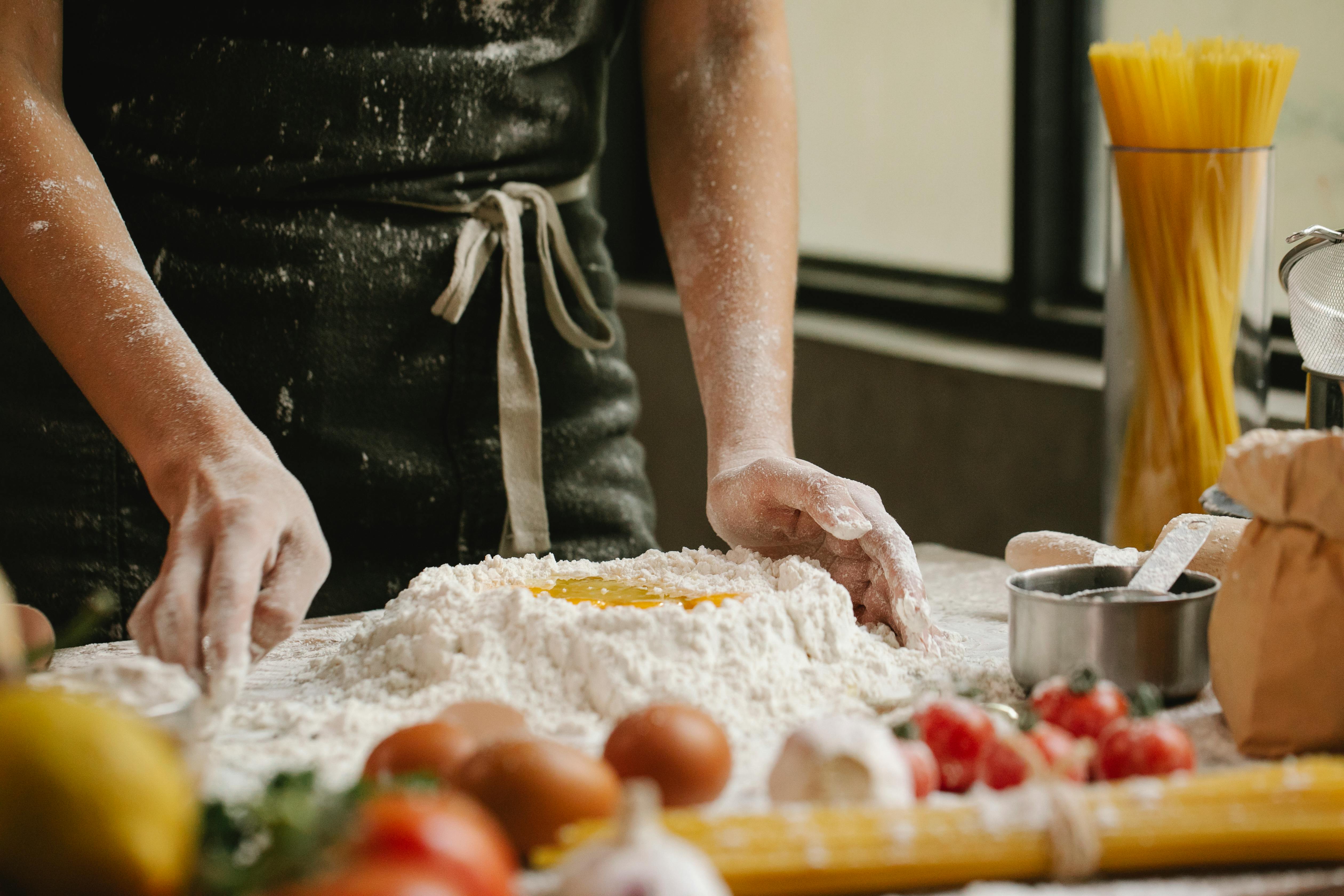Before painting your walls, all veteran drywall painters highly recommend applying a primer. Wall priming may seem like a tedious and unnecessary step, but in the end you will find it worth it. Even if you have a non-significant area to paint, like a closet or pantry, priming first will make a big difference and you’ll be glad you did. Read on for some helpful tips that will make prep an easier job than expected.
Why Prime?
There is a good reason to primer your walls before you paint them. Primer is a sealer that provides a preparatory coat for your paint. The primer promotes better paint adhesion, increases paint durability and longevity, and protects drywall. Although you can buy self-priming wall paint, it is recommended to use two separate products for the best results.
What will you need
To prepare your walls for painting, you need the right supplies. Never try to take shortcuts when printing and painting. It is also important not to skimp on quality. Although you don’t need the best products to achieve a professional-looking result, you do need to use good brands and durable tools.
To get started, visit your local home improvement store and add these items to your shopping cart:
-
Paint brush
-
Paint bucket
-
Paint bucket liner
-
Roller tray
-
Roller Tray Liner
-
Roller
-
Roller cover
-
Throw away clothes
-
Primer
-
Sanding sponge
-
Extension pole
*Don’t forget the actual paint for when you are done preparing!
Application tips
Always be sure to prepare the surrounding area for a painting project by covering carpets, floors, furniture, and appliances with tarps. This step also includes gluing baseboards, crown molding, wainscoting, and more. Once your environment is protected, you can get to work without worrying about your personal belongings.
When you dip your brush in the primer, try to wipe off the excess product on the sides of the bucket. You don’t want to apply primer when the brush is dripping. When it’s time to apply the product to the wall, start with the edges first. Create a border around the edges and corners of the walls where the roller will not be able to reach.
For reliable results, always apply at least 2 coats of primer. For new-build drywall, one coat is acceptable, but two coats are the standard. For darker colored walls, you may need an additional coat or two if you are painting with a lighter colored paint later.
Make sure to lightly sand the walls after the primer has finished drying completely. Then use an antistatic cloth to wipe off all excess dust. Perform this step before painting, and you’ll have a smooth, even finish when you’re done.
